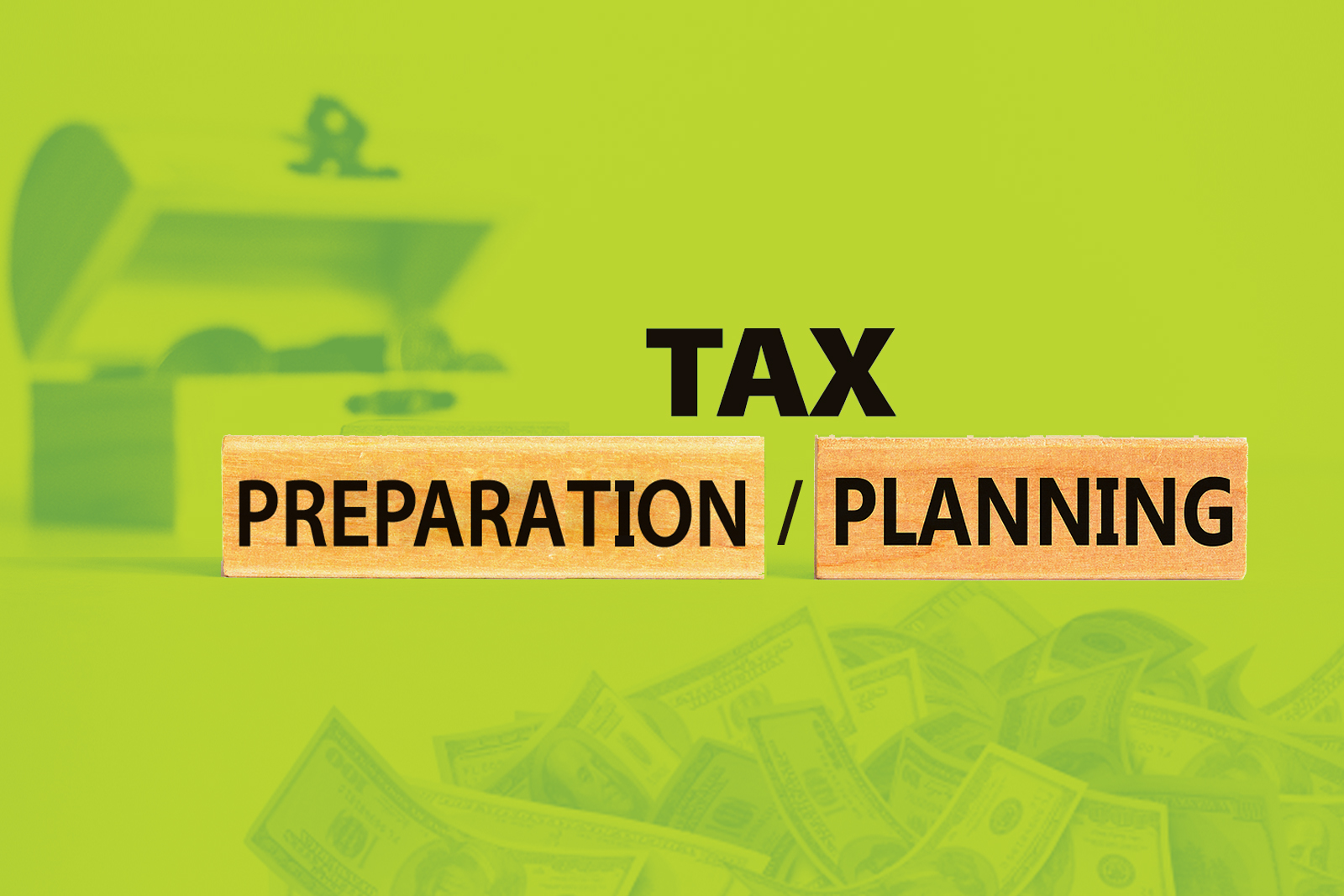By Dominique Molina, CPA MST CTS
Tax planning is making shifts in a taxpayer’s financial and business situation, to minimize their tax burden both in the short term and over time. This often requires working in advance, before the end of the year, to identify and evaluate solutions and implement them. We’ll discuss five of the main strategies for legally lowering your clients’ tax burden.
Income Shifting
You may not even be aware when you do it, but you may already be using an income shifting strategy.
Retirement plan contributions for example, are a way of income shifting. These types of savings plans effectively shift income from the current tax year to some year in the future when withdrawn at retirement. Again, the concept is, by not adding income in the first place, taxable income is reduced, which in turn reduces tax.
There are many other ways to income shift such as using a C corporation to report business income (C corporations file their own tax return), hiring kids to work in the business (the business receives a tax deduction reducing total income) or using losses to reduce income in future or past years. But the basic idea is to use strategies that legally move income from the current tax return to another time, taxpayer, or entity to reduce taxable income.
Some of the considerations for whether or not to shift income are the effect on tax credits of using an NOL or reducing AGI, will the taxpayer have higher income in a future year versus the current or past year, the administrative burden with making the shift.
Expense Shifting
The next concept of tax reduction is expense shifting. In this process, we create new deductions to the second step of the tax formula. More deductions make taxable income lower which results in less tax.
Most businesses earn and spend money using the ordinary earning and tax cycle. It starts with earning income, paying taxes based on that income and spending and saving what is leftover.
But spending and saving in ways that are tax efficient reduces what is leftover on which tax is due. This is the heart of expense shifting. When you move money you would otherwise spend with after tax dollars to pre-tax deductible items, you leverage this part of the tax formula.
Introducing deductions either from things that weren’t previously being deducted or deducting less optimally lowers taxable income and lower tax is achieved. A great example of this is home office. In general, taxpayers don’t get to write off things like homeowners insurance or a housekeeper or homeowner’s association dues nor utilities. These are all considered personal expenses. But when you connect personal expenses to a business, it is possible to convert some expenditures to tax deductions.
While you certainly can’t deduct the personal portion of a home, the home office, allows you to shift some of what would otherwise be non deductible personal expenses to add a new tax deduction, “home office expense,” for money already spent. Keep in mind, with expense shifting, as with all tax strategies, you’ll have to meet the requirements to legally qualify for the deduction, but it is a strong way to pay less in tax this year. The space needs to be the principal place of business for the taxpayer. If it is not already, is there a way it can be?
Loopholes
The third way to leverage the tax formula is to make use of tax loopholes. Loopholes are great. They tend to be temporary in nature, meaning you may have it one year and it expires. But saving one year is better than falling victim to a 7% tax increase!
There is a common misconception that someone using tax planning or loopholes is a person with questionable ethics, or someone practicing tax avoidance. The truth is that loopholes are created by the government. They want us to use loopholes. Loopholes are just government incentives to promote its public policy.
Most loopholes exist for business owners. More deductions, breaks, and credits exist for business owners because business is the heart of our economy. By providing breaks to businesses, our government can stimulate the economy and keep it flourishing in times of good, and fuel it in recessions.
Why not jump-start your own economy by using the loopholes available to you through tax planning?
Knowing for example, how to qualify as a start-up recovery business can create up to $100,000 in free stimulus money for a business through the Employee Retention Credit. Knowledge of maximizing the 199A deduction can help increase tax write-offs which will reduce business taxable income.
The best way to maximize tax loopholes is knowing what they are and then being able to make shifts if needed so that you can take advantage of these strategies. There are dozens of active loopholes at any given time, but then poof, they expire, so be sure to connect yourself to a source to stay informed and up-to-date.
Income Character Conversions
The fourth way to leverage the tax formula is through converting the character of income and deductions. Albeit more complex, not all income is taxed the same according to the tax code. For example, most people are aware that income from selling investments (capital gains) are taxed at a lower rate of 0,15, or 20% if they are long term capital gains.
To leverage the way income is legally treated for tax purposes, it is possible to change the character of income. For example, let’s say a taxpayer has capital loss carry forwards, and not much in planned future capital gains. Qualifying for a character conversion can allow a move of income taxed under ordinary tax treatment to rules under the capital gain treatment guidelines.
This strategy will allow you to deduct otherwise suspended capital losses and benefit from the capital gains rate structure.
Without getting much more sophisticated here, suffice it to say, there are other categories of income which require special tax treatment. With this method, converting income character allows you reap benefits from items with special tax treatment simply by following the law and putting the taxpayer in a position to qualify.
Investment Strategies
Finally, we arrive at the fifth way to leverage the tax formula and that is to spend money. While it’s not my favorite, it is an effective strategy and can (if the client would spend the money anyway) be a great way to reduce a tax bill.
The primary reason I call it an investment is because it takes money in order to be able achieve tax savings. Spending money on tax deductible expenses reduces taxable income, which in turn cuts tax. While not a dollar for dollar reduction, in the right circumstances, it can make sense to spend money growing the business when it results in additional deductions.
Many generalist tax pros will use bonus depreciation as a “go-to” strategy. You may have even given this type of advice in the past. It typically occurs as the end of the year approaches. You may advise a client to “buy a car,” or “purchase a new piece of equipment,” for their business. Purchasing a $100,000 laser for a dental practice can reduce tax in the right circumstances using the proper accelerated depreciation method.
This strategy is not effective however, if the taxpayer was not going to spend the money to expand their business outside of tax reduction. But if they were going to make the purchase regardless of tax benefits or if they borrowed money to make the purchase, the additional expense could help reduce tax.
Conclusion
With five methods of leveraging the tax formula to reduce tax, now all you have to do is familiarize yourself with each individual strategy. Once you know one of over 600 strategies and which method it uses to reduce tax, just plug in the specifics and you’re set to reap the savings benefit.
Ready to put this plan into overdrive? Combine several strategies. If you really want to compound the effect, once you begin using multiple methods at the same time, you can create an exponential amount of savings by reducing tax, which reduces attributes of other laws. Taken together, it really doesn’t matter what the top tax rate is, because you’ll be cruising in the low rate bracket using multiple ways to cut that expense!
While the broader concepts of making these shifts to income is simple to understand, fully developing and maximizing a strategic tax plan takes time, training and experience to do well. That training and certification is exactly what we provide at the American Institute of Certified Tax Planners. To learn how to incorporate tax planning into YOUR practice, find out how to become a Certified Tax Planner.





